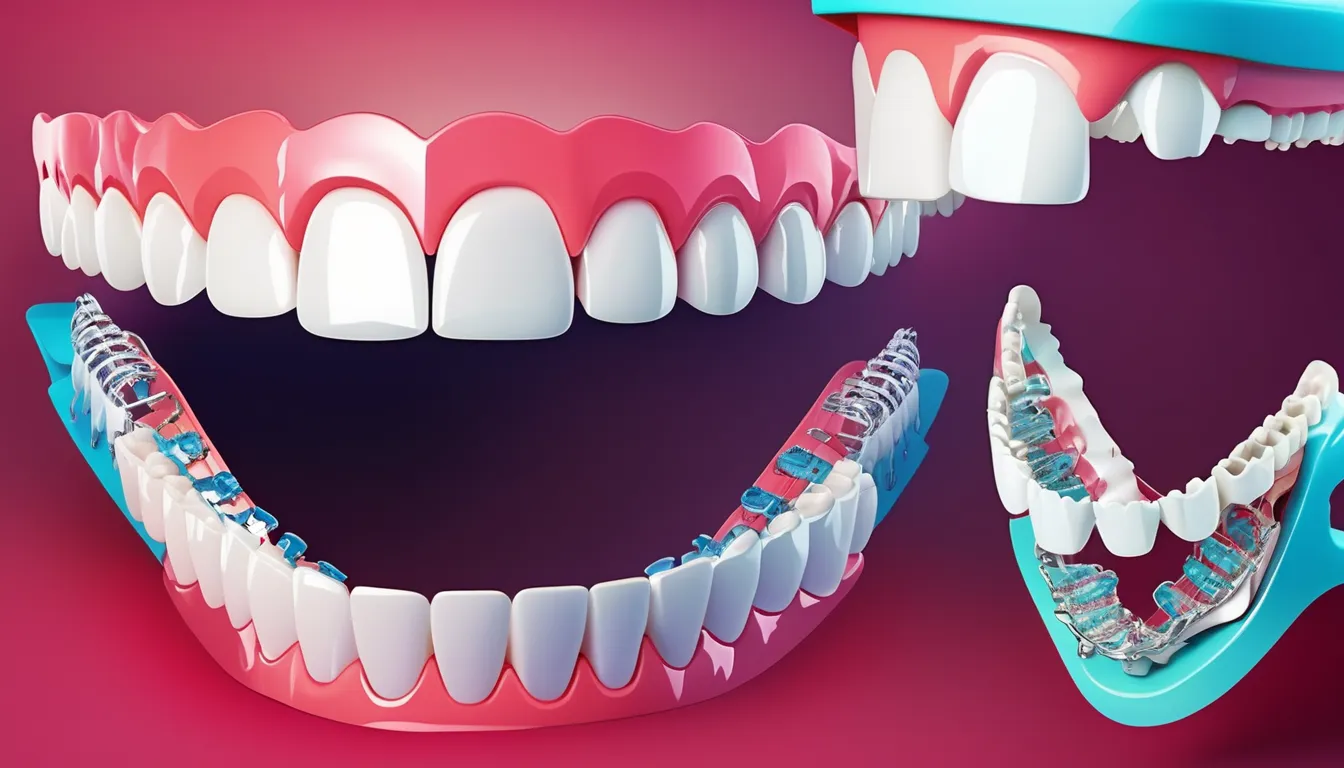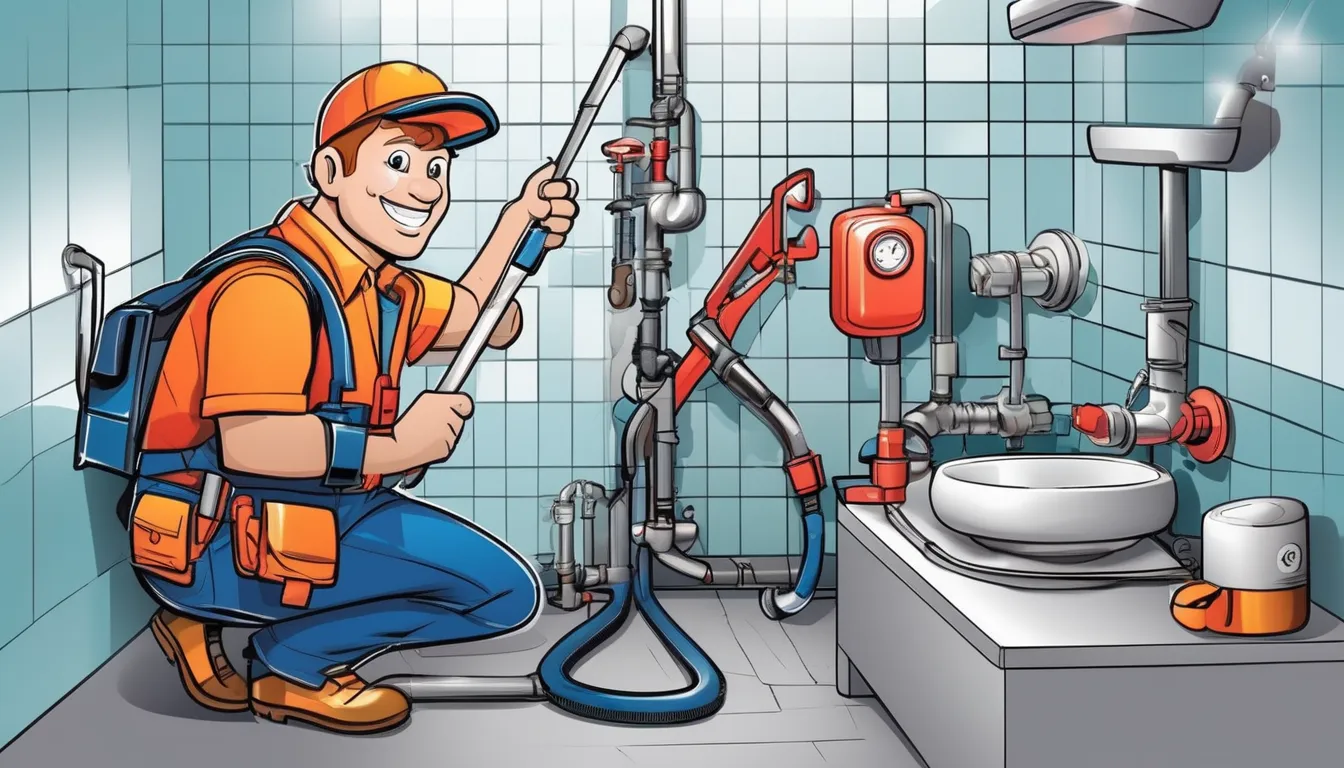
You’re likely aware that straight teeth can boost your confidence and enhance your smile. What you might not know is that professional orthodontics can significantly improve your overall dental health. By correcting issues like overcrowding, gaps, and misaligned bites, you can reduce your risk of tooth decay, gum disease, and even tooth loss. But what specific benefits can you expect from orthodontic treatment, and how can you determine if it’s right for you? By exploring the world of professional orthodontics, you’ll discover how a straighter smile can lead to a healthier, happier you.
Benefits of Orthodontic Treatment
Most people don’t realize the full extent of benefits they can experience from orthodontic treatment. It’s not just about having a straight, beautiful smile – it’s also about improving your overall oral health.
When your teeth are properly aligned, it’s easier to clean them, reducing the risk of tooth decay and gum disease. This, in turn, can help prevent other health issues, such as heart disease and diabetes, which have been linked to poor oral health.
Common Orthodontic Issues
Orthodontic issues can be as unique as you are, but some problems are more common than others. When you visit an orthodontist, they’ll assess your teeth and identify any issues that need to be addressed. Some of the most common orthodontic problems include overcrowding, gaps between teeth, and misaligned bites.
| Orthodontic Issue | Description | Causes |
|---|---|---|
| Overcrowding | Teeth are too close together, causing discomfort and difficulty cleaning. | Genetics, thumb sucking, or lost teeth |
| Gaps between teeth | Spaces between teeth can be unsightly and affect confidence. | Genetics, gum disease, or lost teeth |
| Overbite | Upper teeth overlap lower teeth, potentially causing wear and tear. | Genetics, thumb sucking, or poor oral habits |
| Underbite | Lower teeth overlap upper teeth, affecting chewing and speaking. | Genetics, thumb sucking, or poor oral habits |
| Crossbite | Upper and lower teeth don’t align properly, putting strain on jaw muscles. | Genetics, thumb sucking, or poor oral habits |
Identifying these issues early on is crucial in preventing more severe problems from developing later in life. By addressing these common orthodontic issues, you can achieve a healthier, more confident smile.
Types of Orthodontic Appliances
Your orthodontic treatment plan will likely involve one or more appliances designed to correct specific issues. You’ll work with your orthodontist to determine which appliances are best for you, but it’s helpful to understand the options.
Fixed appliances are the most common type, including traditional metal braces, ceramic braces, and lingual braces.
These appliances use brackets, wires, and elastic bands to move teeth into the correct position. You can customize your metal or ceramic braces with different colors or designs to make them more fun.
Removable appliances, on the other hand, can be taken out when you eat or brush your teeth. These include clear aligners like Invisalign, retainers, and palate expanders.
Some removable appliances, such as headgear or facial masks, are designed for nighttime use or specific oral issues.
Your orthodontist may also recommend functional appliances or specialized devices designed to address specific problems, like a TMJ disorder or severe overbite.
Each type of appliance has its unique benefits and uses, and your orthodontist will help you choose the right combination for your treatment plan.
Orthodontic Treatment Process
Several steps make up a typical orthodontic treatment process, which you’ll go through under the guidance of your orthodontist. The process usually starts with an initial consultation, where you’ll discuss your treatment goals and any concerns you may have. Your orthodontist will then conduct a thorough examination of your teeth and gums to determine the best course of treatment.
| Step | Description | Duration |
|---|---|---|
| Initial Consultation | Discuss treatment goals and concerns | 15-30 minutes |
| Diagnosis and Treatment Planning | Examine teeth and gums, create treatment plan | 30-60 minutes |
| Active Treatment | Wear orthodontic appliances, attend follow-up appointments | several months to several years |
During active treatment, you’ll wear orthodontic appliances such as braces or aligners to gradually move your teeth into their desired positions. You’ll attend regular follow-up appointments with your orthodontist to monitor your progress and make any necessary adjustments. By following your orthodontist’s instructions and attending all scheduled appointments, you’ll be on your way to achieving a healthier, more beautiful smile. Your orthodontist will work closely with you throughout the treatment process to ensure the best possible results.
Maintaining Results Long-Term
A retainer is a crucial tool in maintaining the results of your orthodontic treatment long-term. After investing time and money in your smile, you’ll want to keep it looking its best.
Once your orthodontic treatment is complete, your orthodontist will customize a retainer to fit your teeth. This appliance works by holding your teeth in place, ensuring that the alignment achieved during treatment is maintained.
You’ll typically wear your retainer at night, but your orthodontist may recommend wearing it during the day as well, especially in the first year after treatment. By doing so, you’ll be able to prevent teeth from shifting back to their original position.
In addition to wearing a retainer, practicing good oral hygiene is essential in maintaining the health and appearance of your teeth. This includes brushing and flossing regularly, as well as scheduling regular check-ups with your dentist.
Frequently Asked Questions
Can I Eat Hard or Sticky Candy During Orthodontic Treatment?
When considering treats during orthodontic treatment, you’ll want to avoid hard or sticky candies, as they can damage brackets, wires, or even teeth. Instead, you can choose softer candies or healthier snack options to satisfy your cravings.
How Do I Handle an Orthodontic Emergency While Traveling?
When traveling, you’ll likely face unexpected situations. If you encounter an orthodontic emergency, stay calm and contact your orthodontist for guidance. They can provide phone support or recommend a local orthodontist for assistance.
Can I Get Orthodontic Treatment if I Have Dental Implants?
You can get orthodontic treatment with dental implants, but it’s crucial you consult a skilled orthodontist who’ll assess your implant stability and overall oral health to create a personalized treatment plan that suits your needs.
Are There Any Tax Benefits for Orthodontic Treatment Costs?
You might be able to claim tax deductions for orthodontic treatment, but it depends on your location and situation. Check with your tax professional to see if you can itemize medical expenses, possibly including 町田 矯正歯科 .
Can I Get Orthodontic Treatment if I Have a Pacemaker?
You can generally get orthodontic treatment with a pacemaker, but you’ll need to inform your orthodontist about it. They’ll take precautions to avoid interference with your pacemaker, ensuring your safety during treatment.
Conclusion
You’ve taken the first step towards a healthier, more confident smile by learning about professional orthodontics. Now that you know the benefits, common issues, and treatment options, it’s time to take action. By investing in orthodontic care, you’ll be on your way to a more beautiful smile and improved dental health. Remember to maintain your results long-term with proper care and regular check-ups to enjoy a lifetime of happy, healthy teeth.



